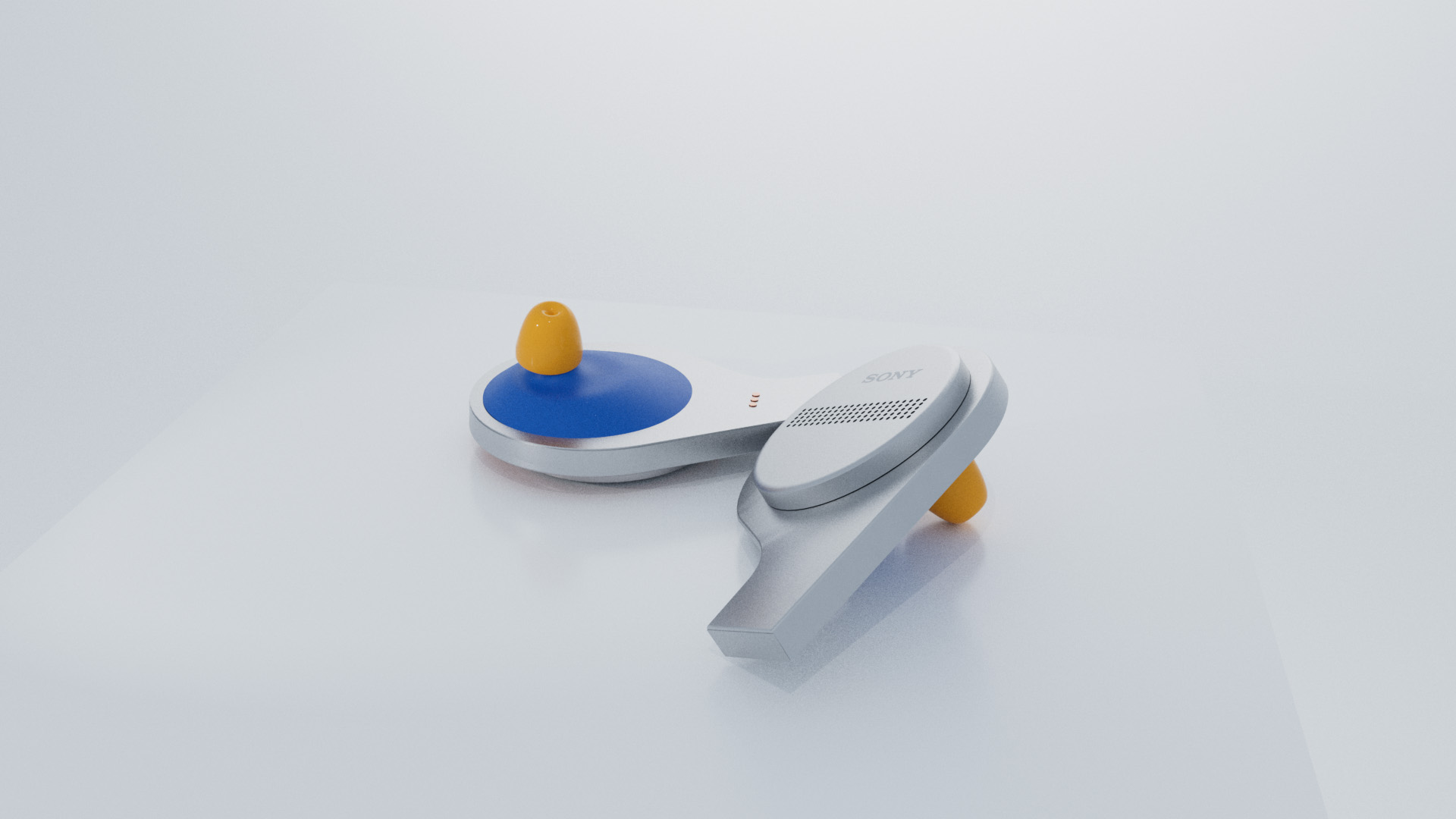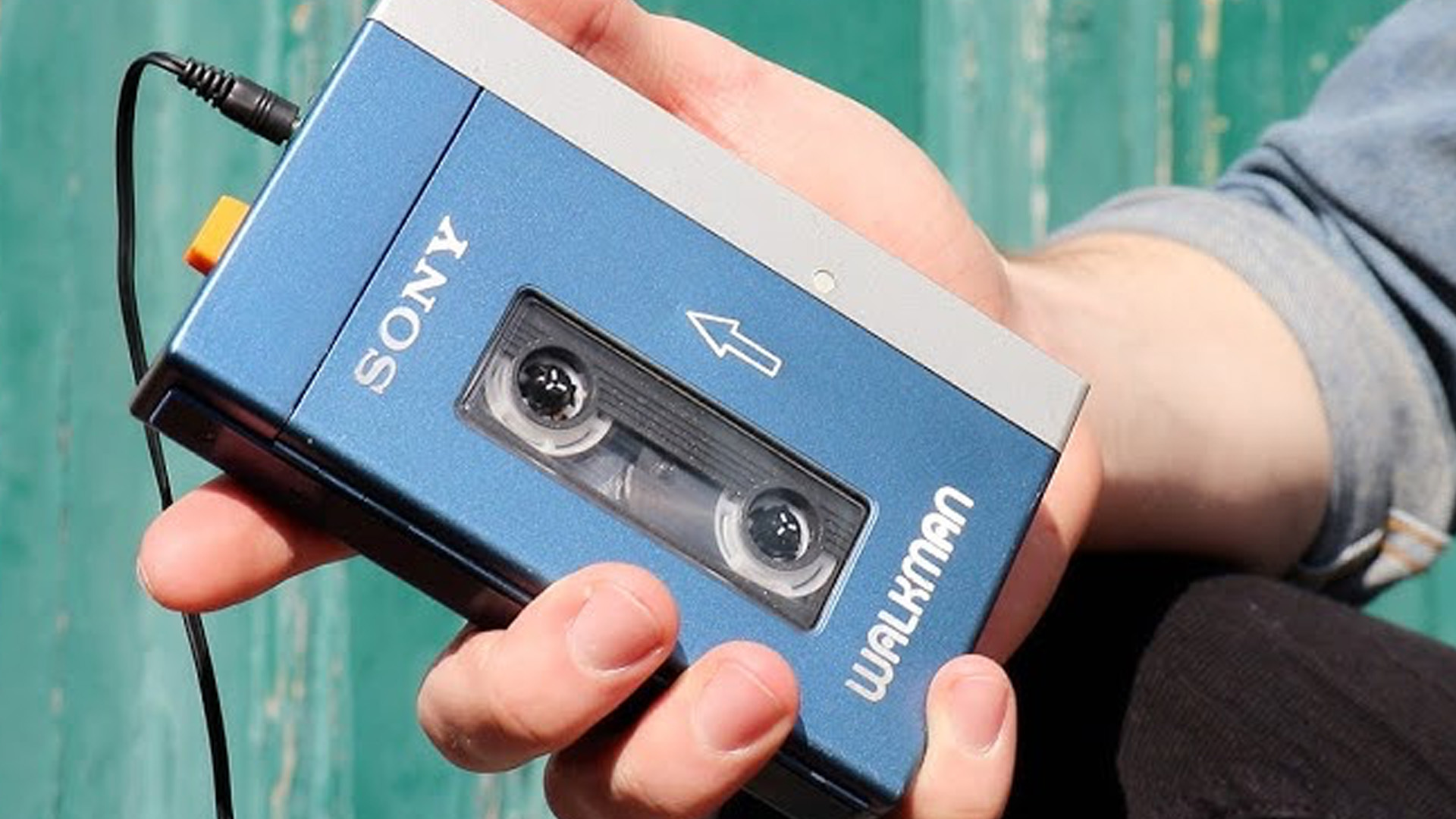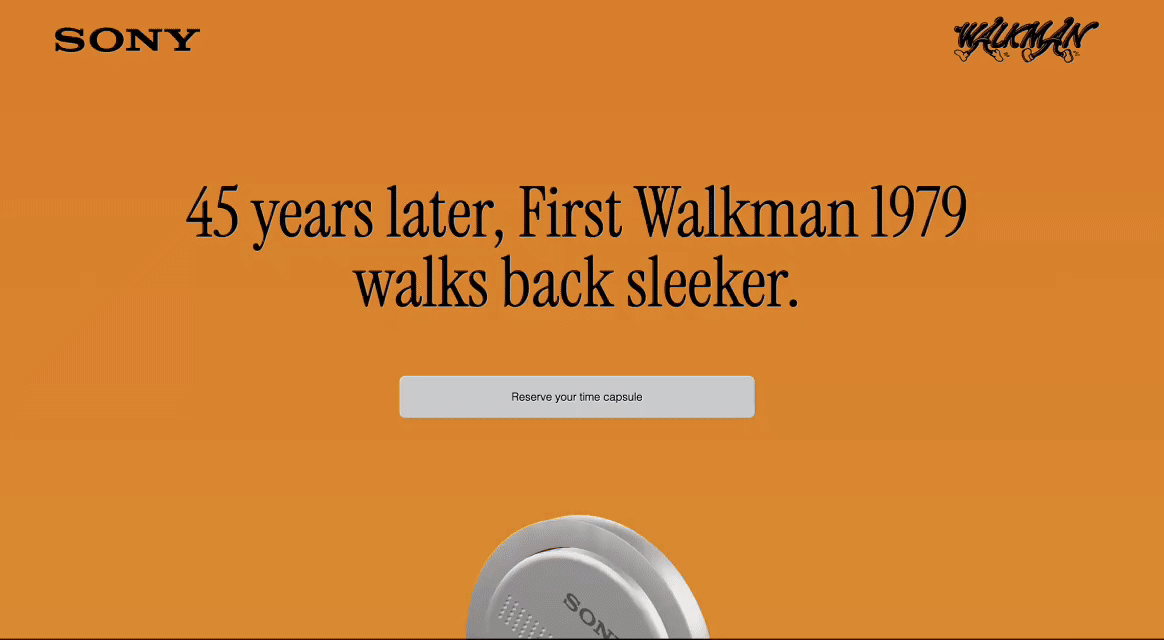The Project in depth
Brief
The headphones were designed with inspiration from the original SONY Walkman, blending retro aesthetics with modern features. The goal was to capture the timeless style of the classic Walkman while adding high-tech functions that today’s users expect.
Audiences & Users
This was a project for my Motion Design and 3D class. The task was to create an original headphone concept. I chose to target music lovers, tech enthusiasts, and especially people who feel a nostalgic connection to the Walkman. It also appeals to younger users who enjoy retro design mixed with quality audio experiences.
I truly believe there are many people who are passionate about 80s design and Eastern pop culture—especially when it comes to a legendary brand like SONY, which has such a long and influential history. That’s why this kind of design has strong potential to succeed in today’s market.
Challenge
One of the biggest challenges was finding the right balance between vintage style and modern technology. I had to make sure the headphones looked retro but still felt comfortable and up-to-date. Since I was new to 3D design, learning to create something that looked realistic, functional, and unique was a big part of the challenge.
Directions
I found out that 2024 marks the 45th anniversary of the original SONY Walkman, first released in Japan in 1979. It changed how people listened to music. So I decided to design a pair of wireless headphones using the key visual elements of the classic model but with modern-day features—something that could compete with today’s top brands.
Process
Early Stage
I started by researching the TPS-L2, the very first Walkman. It was known for letting people listen to music while on the move—a totally new concept back then. Its design also stood out: what once looked futuristic now feels like fun, vintage charm. I took inspiration from its shape, colors, and graphic layout, and brought these details into the headphone and case design.
Middle Stage
Once I finalized the sketches and design angles, I used Cinema 4D to build the 3D model. I selected materials and colors, and even designed the inner components to make it look realistic for an X-ray-style scene in the motion video on the website.
Final Stage
This project taught me how demanding 3D rendering can be. Each part—from reviewing previews to exporting the final video—took a lot of time, sometimes even overnight. Making changes wasn’t easy either, so I learned how important it is to plan ahead and really understand the software. In the end, though, the results were worth the effort. It felt great to see everything come together.
Highlight & Thought
This project taught me how demanding 3D rendering can be. Each part—from reviewing previews to exporting the final video—took a lot of time, sometimes even overnight. Making changes wasn’t easy either, so I learned how important it is to plan ahead and really understand the software. In the end, though, the results were worth the effort. It felt great to see everything come together.




